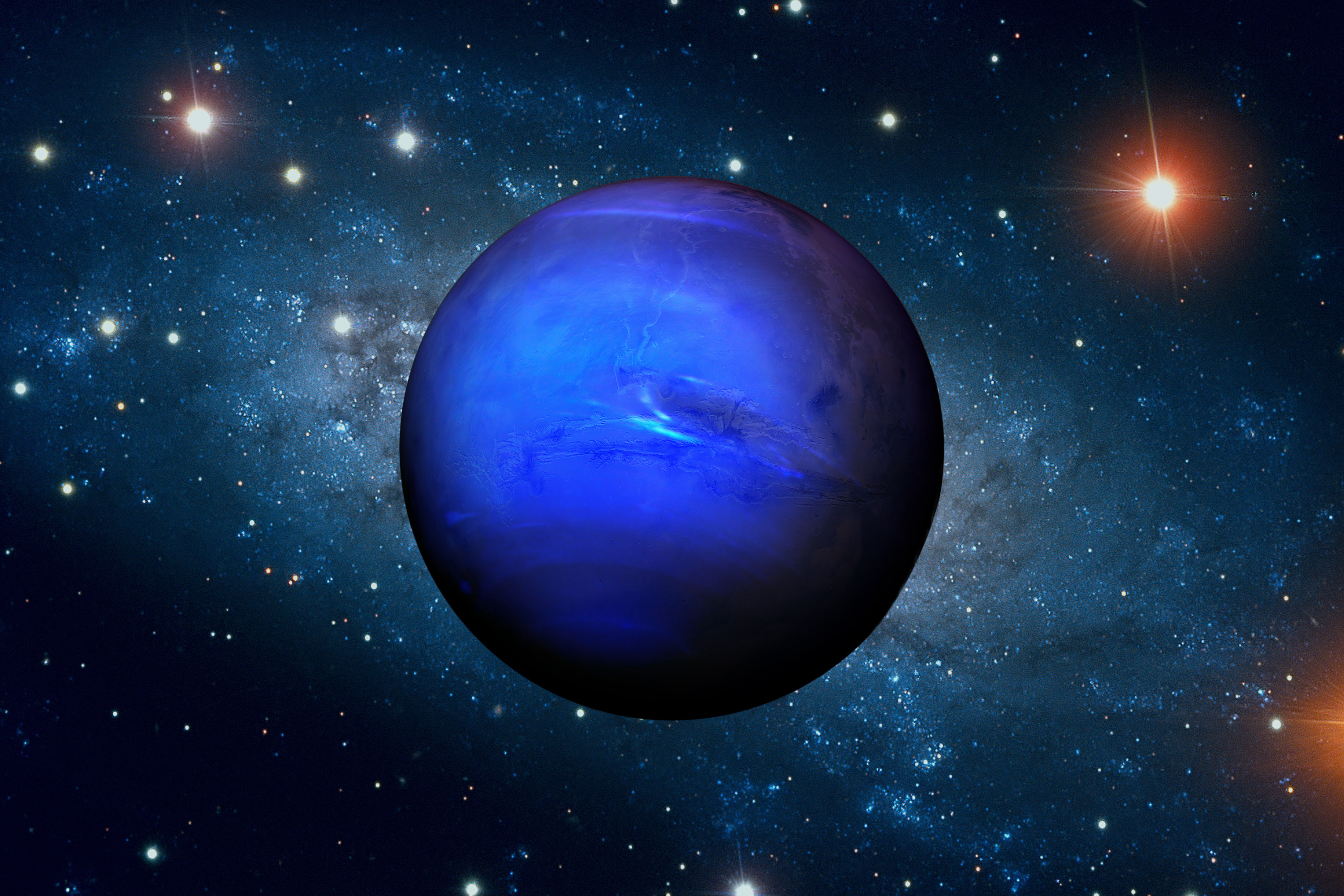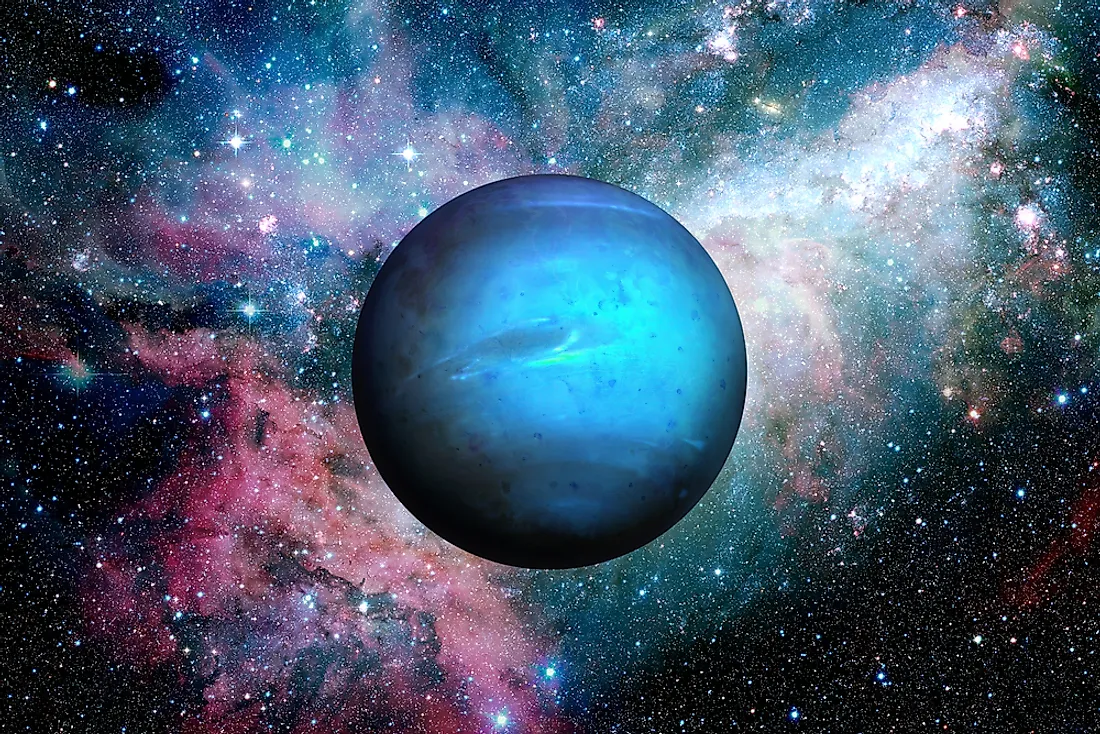Neptune Plage Nice - Beyond The Horizon
When you hear "Neptune Plage Nice," it's natural to picture the sun, maybe some gentle waves, and that lovely French coastline. But what if that name, "Neptune," hints at something much, much bigger? What if it's a little invitation to ponder the vastness out there, far beyond our immediate reach? It's a curious thing, that, how a place on Earth can share a name with a giant blue world so very far away, isn't it?
Just thinking about a name like "Neptune Plage Nice" can get you wondering about connections. It's almost as if the name itself wants us to look beyond the sand and sea, to consider the planet Neptune and its distant companions. There's a whole story to tell about that distant gas giant, its moons, and the far-off areas of our cosmic neighborhood. It really makes you think about how we name things, and what those names might quietly suggest.
So, let's take a moment to consider the other "Neptune," the one that floats in the cold, outer parts of our solar system. This is a chance to think about discoveries made by spacecraft and dedicated sky-watchers, and how our picture of the universe keeps getting clearer. It's about how we gather information, piece by piece, to make sense of the incredible expanses around us, very much like putting together a puzzle.
- Bonnie Blue 1000 People Video
- Ymaal
- Houses For Sale In Iran
- The Enigmatic Journey Of Theo James A Star In The Making
- Aishah Sofey Leak Free
Table of Contents
- A Glimpse at Neptune Plage Nice and Its Cosmic Namesake
- How Did We Find Neptune's Moons?
- The Arrival of Proteus
- Triton's Earlier Unveiling
- What Makes Triton Special?
- Where Is Our Home Amongst the Stars?
- The Third Zone Beyond Neptune Plage Nice
- How Do We Keep Learning About the Universe?
A Glimpse at Neptune Plage Nice and Its Cosmic Namesake
When we talk about "Neptune Plage Nice," it's a name that might make you think of a particular spot, a place where people go to enjoy themselves. But the name "Neptune" itself carries a much grander story, a tale of distant planets and the ongoing quest to map our solar system. It's kind of interesting, that, how a simple name can bridge such different ideas. The very name suggests a connection to the planet Neptune, a world of deep blues and swirling atmospheres, a place discovered through keen observation and incredible scientific effort. It's a place where, perhaps, you might feel a tiny connection to the vastness of the cosmos, even when your feet are firmly on the ground.
The way we discover things, whether it's a new favorite spot or a distant celestial body, often comes down to looking closely and being open to what we find. So, thinking about "Neptune Plage Nice" can also be a way to consider the spirit of discovery itself. It’s about how we come to know more, how our picture of the world, or indeed, the universe, gets a little bit clearer with each new piece of information. This is a process that never really stops, you know, and it's rather exciting.
How Did We Find Neptune's Moons?
The planet Neptune, the namesake for "Neptune Plage Nice," has a collection of natural satellites, each with its own story of being found. It's a bit like finding hidden gems, really, out in the darkness of space. These discoveries weren't just random occurrences; they were the result of very careful work by people and machines. We have learned so much about these distant bodies, and it all started with someone looking out into the void with purpose.
- Yeti Dogs Anchorage
- Sowte Ifsa
- Qatar Airways Iran Flights
- Sophie Rain Leaked Nudes
- Haircuts For Straight Hair Men
The tools we use to find these things have changed a lot over time. From powerful telescopes on Earth to spacecraft that travel billions of miles, each method gives us a different view, a different way to piece together the cosmic picture. It's quite something to think about the effort involved in spotting something so small, so far away, yet so important to our overall view of the solar system. This ongoing search for knowledge is what helps us get a better sense of our place in the universe, and it's a pretty big deal.
The Arrival of Proteus
One of Neptune's moons, a body named Proteus, made its first appearance to human observation in 1989. This particular discovery was made possible by the Voyager 2 spacecraft. This mechanical explorer had traveled a very long way, sending back pictures and data from places no human-made object had visited before. So, when you consider the name "Neptune Plage Nice," it might just remind you of the incredible distances involved in exploring the actual Neptune system.
The finding of Proteus by Voyager 2 was a big moment for space science. It showed us that even after centuries of looking at the sky, there were still new things to find, new parts of our solar system to get to know. It's a good reminder that the universe holds many more surprises, waiting for us to catch a glimpse. That kind of discovery, you know, it just keeps adding to our general understanding of how things are put together out there.
Triton's Earlier Unveiling
Long before Proteus was seen, another of Neptune's moons, Triton, came into view. This happened on October 10, 1846, thanks to a British astronomer named William Lassell. What's rather interesting is that Triton was found just 17 days after the planet Neptune itself was officially identified. It's almost like a package deal, isn't it? You find the big planet, and then, very soon after, one of its main companions.
This timing tells us something about the rapid progress of astronomy in that period. Once a major body like Neptune was pinpointed, people quickly turned their attention to seeing what else might be orbiting it. Triton was the first moon to be found around Neptune, and for a long time, it was the only one we knew about. Its early discovery gives it a special place in the story of how we came to know the distant parts of our solar system, something worth thinking about when you consider a place called "Neptune Plage Nice."
What Makes Triton Special?
Among all the natural satellites circling Neptune, Triton holds a very important spot. It is, in fact, the largest of Neptune's 13 known moons. Its size alone makes it stand out, but there's more to this moon than just its dimensions. Triton has some truly unusual characteristics that make it a subject of great interest to those who study the cosmos. It's a pretty unique place, all things considered.
Thinking about Triton's unique features, like its strange orbit or its active surface, makes you realize how diverse the objects in our solar system really are. It's not just a collection of round rocks; each body has its own story, its own set of conditions. This kind of detail helps us build a fuller picture of what's out there, and it's a good reminder that even distant places can have a lot of personality, so to speak.
Where Is Our Home Amongst the Stars?
When we think about a place like "Neptune Plage Nice," it grounds us in a specific spot on Earth. But that Earth, and the whole planetary system we call home, is itself located in a particular part of something much, much larger: an outer spiral arm of the Milky Way galaxy. It's a pretty humbling thought, that, to consider our place in such an immense structure. We're just one tiny speck in a vast cosmic ocean.
Our galaxy, the Milky Way, is a huge collection of stars, gas, and dust, all spinning around a central point. To think that our solar system, with all its planets and moons, is just one small part of this grand design really puts things into perspective. It shows how interconnected everything is, from the smallest beach on Earth to the most distant reaches of space. This bigger picture helps us appreciate the sheer scale of the universe we live in.
The Third Zone Beyond Neptune Plage Nice
Beyond the orbit of Neptune, the very planet that lends its name to "Neptune Plage Nice," lies a vast and cold region known as the Kuiper Belt. This area is sometimes referred to as the "third zone of the solar system." It's a place where icy bodies, remnants from the early days of our solar system, drift in the darkness. It’s like a distant, frozen frontier, really.
The Kuiper Belt holds a lot of clues about how our solar system formed. It's home to dwarf planets and countless smaller objects, all preserving conditions from billions of years ago. Exploring this far-off region helps us piece together the history of our cosmic neighborhood. It shows that even the most remote parts of our system have important stories to tell, and it's pretty fascinating to think about.
How Do We Keep Learning About the Universe?
The process of learning about the universe, much like trying to find the best information about "Neptune Plage Nice," is an ongoing effort. We are always working to get a clearer picture, to make our search for knowledge more effective. It's a continuous process of trying to make things better, to get closer to the truth of how things work.
If you ever find yourself looking for something and it's not quite what you expect, whether it's information about a beach or a distant planet, it's always helpful to share your thoughts. Providing feedback helps us all make improvements, ensuring that the quest for knowledge, whether about a specific location or the broader cosmos, can keep moving forward. It’s a very collaborative effort, you know, this whole learning thing.
_flatten_crop.jpg)


Detail Author:
- Name : Kelsie Treutel Sr.
- Username : sarai.wolff
- Email : keeling.elsie@kerluke.com
- Birthdate : 1970-07-08
- Address : 594 Hyatt Pine Suite 960 Corkerychester, IN 97272
- Phone : 475-624-0374
- Company : Cole Group
- Job : Probation Officers and Correctional Treatment Specialist
- Bio : Nulla nemo repudiandae et natus quia sint porro. Voluptas expedita qui a iure. Labore possimus omnis perferendis maxime molestiae praesentium ullam.
Socials
instagram:
- url : https://instagram.com/reubenquitzon
- username : reubenquitzon
- bio : Aperiam harum at modi culpa eius. Ad et quo culpa dolore impedit velit.
- followers : 2609
- following : 1935
linkedin:
- url : https://linkedin.com/in/reuben7424
- username : reuben7424
- bio : Quia numquam voluptate soluta vel nisi unde.
- followers : 239
- following : 731
twitter:
- url : https://twitter.com/quitzon2005
- username : quitzon2005
- bio : Similique eius ut eos. Provident aut delectus consequuntur ipsum ut. Dicta sed omnis fuga ipsa.
- followers : 516
- following : 1362